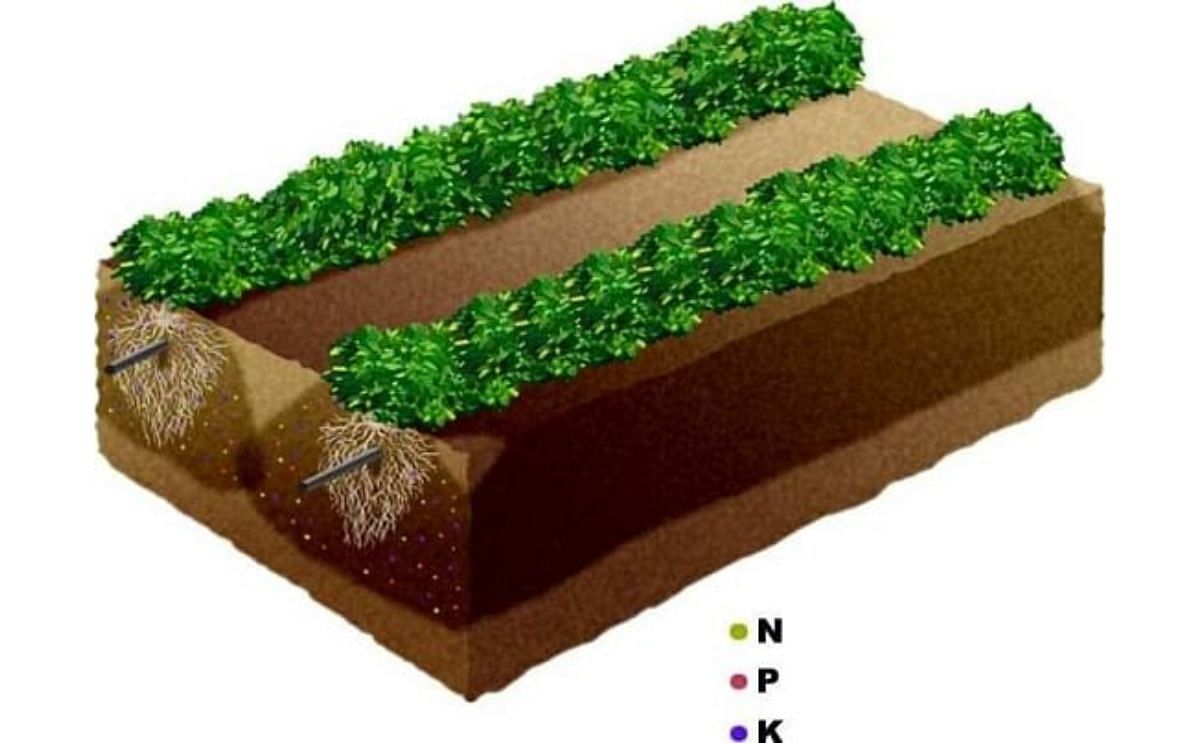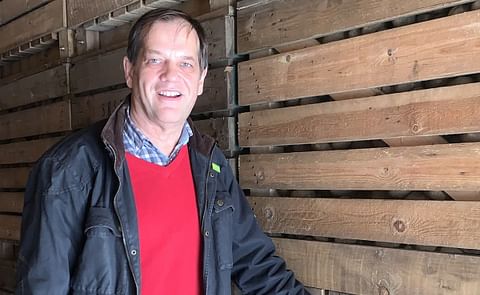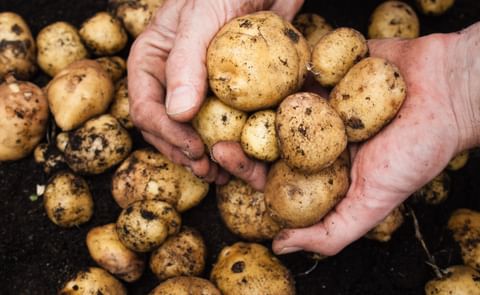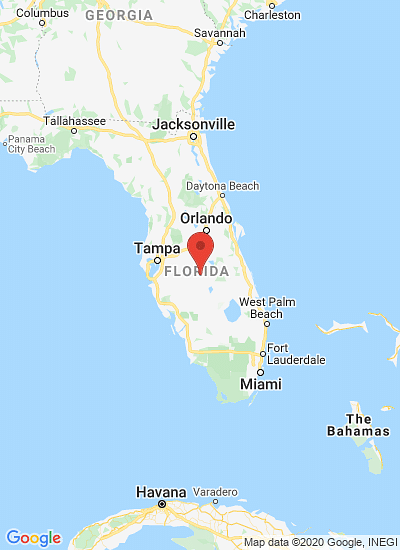Sub surface drip irrigation saves water, fertilizer
Sub surface drip irrigation saves water, fertilizer

A Florida-based potato farmer who recently won an award for his sustainable irrigation methods firmly believes all farmers should adopt the system for the good of the planet.
Riverdale Potato Farms vice president and third generation family member Bryan Jones, last month received one of the state’s Agricultural-Environmental Leadership Awards for the subsurface drip irrigation system he developed with his father.
Jones told www.freshfruitportal.com they first decided to experiment with placing irrigation ‘tape’ below the soil in order to save on the labor costs of moving the equipment around each year, which was necessary in their part of Florida.
“We experimented to begin with. We had several acres that we started off with and we did a lot of runs of tape for our beds,” Jones said.
“Our beds are 60ft wide and we have 16 rows that we plant on. So we tried every other row, we did some beds that had four lines of tape, and we really found that we could do it with two to three lines of tape depending on the soil.
“The results are remarkable.”
Jones said that in his area of Florida, when growers used conventional irrigation methods it would often take two weeks for the water to get to the other end of the ditch where it was pumped due to the sandy soil type.
“Some areas irrigate pretty well and it might take just a few days. But in our worst irrigating ground it’s almost like the desert,” he said.
Jones explained that a typical ‘irrigation season’ lasted around six to eight weeks, and using conventional irrigation methods water would have to be pumped continuously during that time.
With the subsurface drip system, water only runs for eight to 10 hours a week.
“On average years, and I highlight ‘average’, we’re using anywhere from 300,000 to 400,000 gallons of water per acre to grow a crop,” Jones said.
“With the new method, we’re still trying to figure out how many hundreds of thousands, and in my opinion million of gallons, we’re going to save. And there’s virtually no water run-off.”
Jones added he believed growers had a responsibility to be good ‘stewards’ to the land they depend on for their livelihoods.
“I’m trying to shout at the top of my lungs, to all the growers in my area ‘look, this is so remarkable, it’s so fast, it’s so effective that we can do a major service to our earth,” he said.
In addition, there are major savings in fertilizer use.
Riverdale Potato Farms vice president and third generation family member Bryan Jones, last month received one of the state’s Agricultural-Environmental Leadership Awards for the subsurface drip irrigation system he developed with his father.
Jones told www.freshfruitportal.com they first decided to experiment with placing irrigation ‘tape’ below the soil in order to save on the labor costs of moving the equipment around each year, which was necessary in their part of Florida.
“We experimented to begin with. We had several acres that we started off with and we did a lot of runs of tape for our beds,” Jones said.
“Our beds are 60ft wide and we have 16 rows that we plant on. So we tried every other row, we did some beds that had four lines of tape, and we really found that we could do it with two to three lines of tape depending on the soil.
“The results are remarkable.”
Jones said that in his area of Florida, when growers used conventional irrigation methods it would often take two weeks for the water to get to the other end of the ditch where it was pumped due to the sandy soil type.
“Some areas irrigate pretty well and it might take just a few days. But in our worst irrigating ground it’s almost like the desert,” he said.
Jones explained that a typical ‘irrigation season’ lasted around six to eight weeks, and using conventional irrigation methods water would have to be pumped continuously during that time.
With the subsurface drip system, water only runs for eight to 10 hours a week.
“On average years, and I highlight ‘average’, we’re using anywhere from 300,000 to 400,000 gallons of water per acre to grow a crop,” Jones said.
“With the new method, we’re still trying to figure out how many hundreds of thousands, and in my opinion million of gallons, we’re going to save. And there’s virtually no water run-off.”
Jones added he believed growers had a responsibility to be good ‘stewards’ to the land they depend on for their livelihoods.
“I’m trying to shout at the top of my lungs, to all the growers in my area ‘look, this is so remarkable, it’s so fast, it’s so effective that we can do a major service to our earth,” he said.
In addition, there are major savings in fertilizer use.
Like to receive news like this by email? Join and Subscribe!
NEW! Join Our BlueSky Channel for regular updates!
Sponsored Content
Sponsored Content
Sponsored Content
Sponsored Content
Sponsored Content





